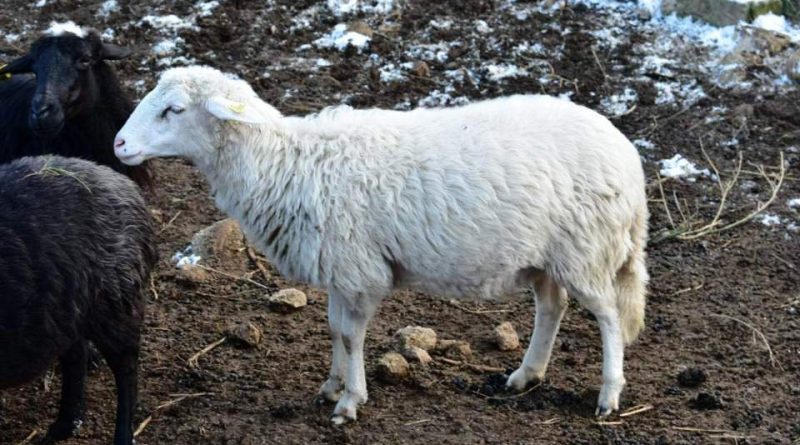Sciara
Sciara
The Sciara or Moscia Calabrese is a sheep breed (Ovis aries Linnaeus, 1758) endemic to Calabria, with the main aptitude for milk production.
Systematics –
From a systematic point of view it belongs to:
Eukaryota Domain,
Kingdom Animalia,
Phylum Chordata,
Mammalia class,
Order Artiodactyla,
Suborder Ruminantia,
Bovidae family,
Caprinae subfamily,
Genus Ovis,
Species O. aries,
Breed Sciara.
Geographic and Area Distribution –
The sciara, also known as Moscia Calabrese, is an endemic sheep breed of Calabria, where it is bred for the production of meat, milk and wool.
This breed is widespread mainly in the provinces of Cosenza and Catanzaro and bred in other parts of southern Italy, with a number, which until a few years ago was about 15,000 animals but many of which are derived from crosses with other breeds.
Origins and History –
Sciara, also called Moscia Calabrese or Calabrese, is an indigenous population belonging to the “moscia” wool group.
According to early 20th century sources this breed was described as being dark in color while according to the breed standard, it should be white.
The Sciara is one of the forty-two local indigenous sheep breeds with limited distribution for which a herd book is kept by the Associazione Nazionale della Pastorizia, the Italian National Association of Sheep Breeders; the herd book is empty.
Currently, the replacement crosses with Comisana, Pinzirita, Barbaresca, Sarda are being implemented on the animals derived and raised in the best areas; the goal is to improve productivity. However, for the most inaccessible areas it is considered irreplaceable. Today this breed is in danger due to the gradual abandonment of the areas where it is bred.
The breeding environment is in fact the high hills with very poor and steep pastures, which only a rustic animal like the Sciara can use.
Morphology –
The Sciara is a medium-light breed of sheep.
It has a fine, light head, flattened laterally, with a straight or slightly snub profile.
The ears are short, narrow, carried horizontally. It is hornless but with some exceptions.
The trunk is characterized by modest transversal and longitudinal diameters; the profile is straight with a slightly raised rump.
The fleece is white, open, made up of conical, long and light tufts.
Males have a height of 70-75 cm at the withers, for a weight of 60-65 kg.
Females have a height of 55-60 cm at the withers, for a weight of 45-50 kg.
Productive attitude –
The Sciara is a robust and frugal breed that over time has adapted well to the poor and stony mountainous terrain of the area.
The environment in which the breeding is conducted is very marginal and with morphologies that include the high hill areas with very poor and steep pastures, which only a rustic animal like the Sciara can exploit.
Females have an average fertility rate of one birth per year with a twinning rate of 10%.
The main production attitude is that of milk production. The production stands at 50-60 kg, with a lactation lasting 150-180 days.
There are moderate productions of meat and more marginal ones of wool.
Meat production is obtained with lambs of 8-10 kg or 5-6 kg slaughtered to obtain rennet.
The production of wool is instead modest both in quantity and quality.
Guido Bissanti
Sources-
– Wikipedia, the free encyclopedia.
– Daniele Bigi, Alessio Zanon, 2010. Atlas of native breeds. Cattle, horses, sheep and goats, pigs reared in Italy, Edagricole-New Business Media, Bologna.

